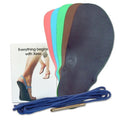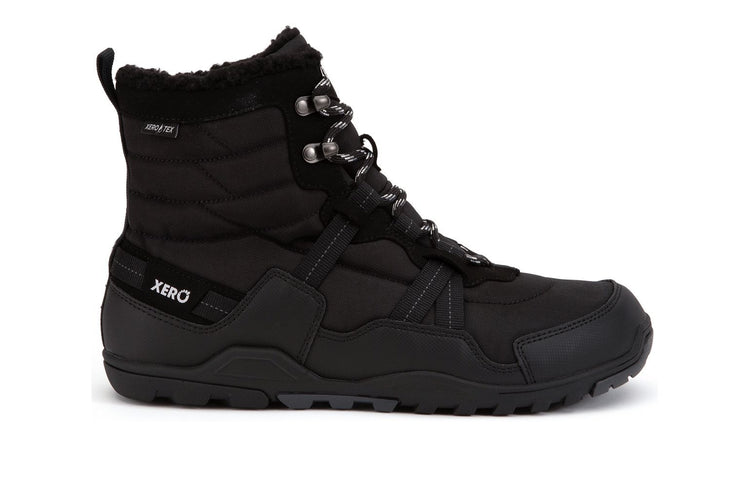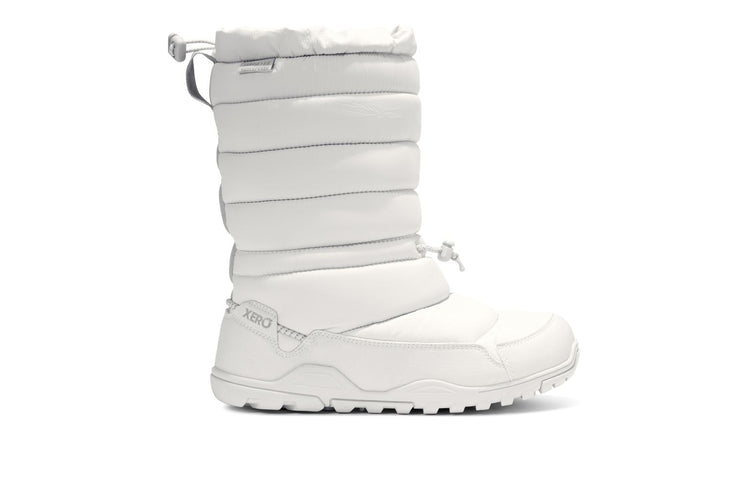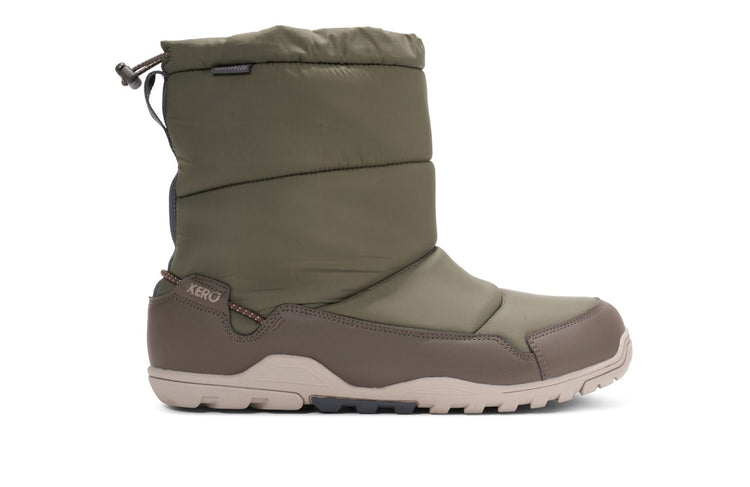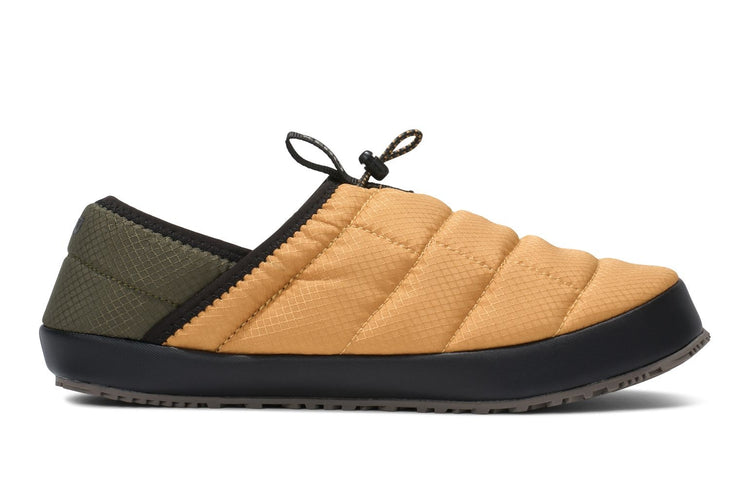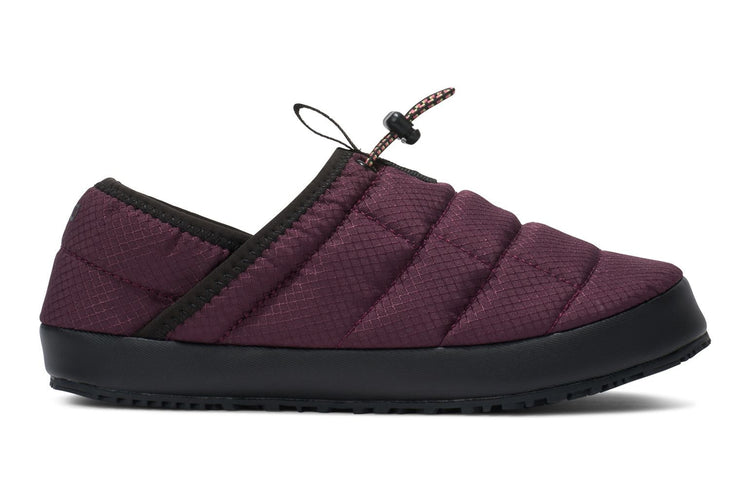latest News
Why Barefoot Running?
While barefoot running isn't new, it's popularity has been going through the roof since Christopher McDougall's book, Born To Run, became popular in 2009.Ironically, Born To Run isn't really about barefoot running. It's about the Tarahumara Indians in the Copper Canyon of Mexico and how they're able to run pain-free and injury free for hundreds of miles, well into their 70s. It's about the first ever ultramarathon held in the Copper Canyon. It's about the fascinating characters around this race. And it's about Chris's exploration of safer, more enjoyable running.By the way, if you haven't read the book, you must. It's a great, exciting read, whether you're a runner or not. And, admittedly, I make fun of the fact that barefoot runners treat this book like the bible in my video, Sh*t Barefoot Runners Say and the follow-up, Sh*t Runners Say To Barefoot Runners.It happens that around the time the book was becoming popular, one of the people featured in the book published a study about barefoot running. That person is Dr. Daniel Lieberman from Harvard University and, in a nutshell, what Daniel showed was: Runners in shoes tend to land on their heels, essentially using the padding built into the shoes Landing in this manner sends a massive jolt of force (called an impact transient force spike) through the ankles, knees, hips, and into the spine Then... Runners who run barefoot tend to land on their forefoot or midfoot, with the landing point nearer to the body's center of mass (not out in front of the body, like shod runners) Barefoot runners use the natural shock-absorbing, spring-like mechanism of the muscles, ligaments and tendons within and around the foot, the ankle, the knee, and the hip. Barefoot runners do not create the impact transient force spike through their joints In short, running shoes could be the cause of the very injuries for which they're sold as cures!Take off your shoes and you're less likely to land in a biomechanically compromised manner.This seems to explain why people who run barefoot often report the elimination of injuries (that were caused by bad form that they no longer use) and, more importantly, that running is more fun!Now it's not all as simple as this.The shoe companies, realizing that barefoot was becoming a big deal, began selling "barefoot shoes"... most of which are no more barefoot than a pair of stilts.Even the Vibram Fivefingers, which look like bare feet, aren't necessarily as barefoot as they appear.The key to successful barefoot running seems to be the ability to use the nerves in your feet, to Feel The World. Basically, if you try to run barefoot the same way you do when you're in shoes, IT HURTS!Figure out how to do what doesn't hurt and you'll be running in a way that's more fun and less likely to cause injuries.Now, I know it's not as simple as that, and I'm the first to admit that the science supporting barefoot running isn't in yet. But, then again, there's no science that shows that running shoes are helpful.Think about this: people lived for millions of years without shoes, or without anything more than a pair of sandals like Xero Shoes or a pair of moccasins. Runners ran successfully up until the 1970s with shoes that had no padding, no pronation control, no orthotics, and no high-tech materials.The three parts of our body that have the most nerve endings are our hands, our mouths and our feet. There's only one of those that we regularly cover and make numb to the world... does that seem right?Put a limb in a cast and it comes out of the cast a month later atrophied and weaker. When you bind your feet in shoes that don't let your foot flex or feel the earth, isn't that similar to putting it in a cast (or as barefoot runners like to say, a "foot coffin")?There's a lot more on this site about what the benefits of barefoot running -- and walking, and hiking, and dancing, and playing -- may be. If you have any questions, ask them here, or on our Forum. Or follow us on Facebook, Twitter, Youtube, and Pinterest.Join the conversation. Join the conversion. Feel The World!
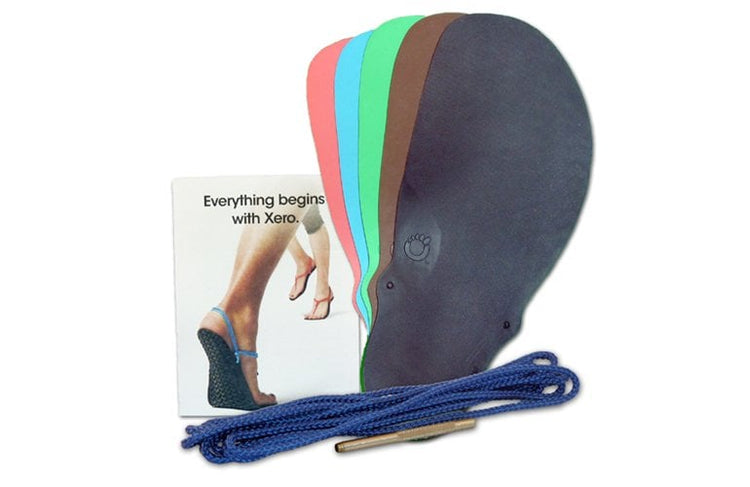
Huarache Running Sandals of the Tarahumara - Kits and Custom huaraches
Okay, so the big question is, "WHY use huarache, the Tarahumara running sandals?" The answer is pretty obvious, but there are some important-yet-surprising pieces to the puzzle. The obvious answer about huarache is: It's the closest thing there is to barefoot running, without some of the hazards of barefoot running. Namely, you're adding a layer of protection to your feet that bare skin simply can't give you, no matter how well conditioned your feet are. Especially with the 4mm Vibram Cherry sole material we use in our huarache kits and custom huaraches, you get what I like to call "better-than-barefoot." The soles are so flexible it's like having nothing on, so light, you barely notice them... except it's blissfully clear that you're not getting scraped up, cut up, scratched up and dirty like you would if it was just your tootsies on the ground. That said, I'm not going to say "Don't run barefoot and run with huarache running sandals instead!" Why not? Well, because running barefoot gives you more feedback than running with ANYTHING on your feet. If you want to know how efficient your form is, go barefoot and you'll know (that is, if it hurts, you need to change something!). If you want to know if you could be running lighter or easier, go barefoot and you'll find out (did I mention: if it hurts, you need to change something?). Conversely, putting ANYTHING on your feet, including huarache sandals, can mask some improper technique, give you the illusion that you're better than you are and, possibly, lead to overtraining. Especially at first. That said, since it takes awhile to develop that new barefoot running technique, and since it takes a while for your feet to get conditioned (btw, they do NOT get calloused), I recommend a mix of barefoot and huarache running. In fact, what I often do is carry my huaraches with me when I go out barefooting. And if my feet start to get a bit sore, and I'm still a ways away from home, I'll slip on my huaraches for the 2nd half of the run. Or, I'll warm up in my huaraches, and then slip 'em off (using the method of how to tie huarache sandals here), and take off from there. Oh, if I'm on serious trails -- and by serious, I mean a lot of rocks, twigs, etc. -- then it's all huarache, all the time.
Warning: Chia Seed Recall
There's been a national recall on some brands of Chia Seeds.This won't affect you if you think Chia Seeds are something you use to make "pets," but it might if you eat them.The affected brands include Organic Traditions, Williams-Sonoma, and Navitas Naturals brand chia and chia-flaxseed blend powders.Many of our readers heard about Chia from the book, Born To Run, which described it as one of the superfoods that the Tarahumara use to fuel themselves for epic runs. And you'll often find barefoot runners with a handful of seeds, or a gloopy-looking beverage full of chia.The Consumerist blog reported that many people are unaware of the recall of chia seeds, caused by the fact that certain chia brands are contaminated with salmonella and have sickened at least 65 people so far.So, barefoot runners, and everyone else who eats chia, please check your supplies, and not just the seeds that are still stuck in your teeth from last week's smoothie ;-)
HBO Real Sports on Barefoot Running - Right or Wrong?
This week's (5/18) HBO's Real Sports with Bryant Gumbel did a feature on barefoot running.Did they get it right, or not?Well, overall, I'd say they were right on... with one exception I'll mention in a moment. They repeatedly pointed out that there are no studies that prove barefoot running reduces injuries, nor are there studies that show running in shoes causes them. They emphasized that if you want to make the transition to barefoot, you should start slow -- run for a short amount of time and distance (and build up slowly) to let your body learn to handle the new demands Chris McDougal repeatedly qualified his statements with "I believe..." And it's true, those of us who have moved to barefoot have our anecdotal evidence that we use to support us. What they missed: The point that Olympic athletes wear shoes is, in certain ways, irrelevant. Why? Because 99.9% of us are not Olympic athletes putting in the mileage they do, or running the speeds they do. And because if you look at their form, it's closer to barefoot than your average heel-striking jogger. The Nike Free is far from being a "barefoot shoe." Sure it flexes really well (and, full disclosure, I have 3 pair that I used to love wearing... but it's been a year since I last put mine on), but it has a big, padded, wide heel. Ditto on the Vibram Five Fingers (I love how they pronounced it correctly -- VEE-bram!). The VFFs have a lot more structure and support, plus a thickened sole on the ball of the foot and heel. And, of course, the biggest thing they got wrong was right in front of their face! HUARACHES! They talked about the Tarahumara running in huaraches, but when they gave advice about protecting yourself from things you could step on (or in!) in our modern world, they neglected to mention huarache running sandals (let alone Invisible Shoes... even though they had some film of runners in I-shoes).Ah, well... next time ;-)Anyone else see the show? What did you think?The content of this post does not constitute and is not intended to be a substitute for professional medical advice, diagnosis or treatment. Always seek the advice of a physician or other qualified health provider with any questions or concerns you may have about your health or a medical condition.

